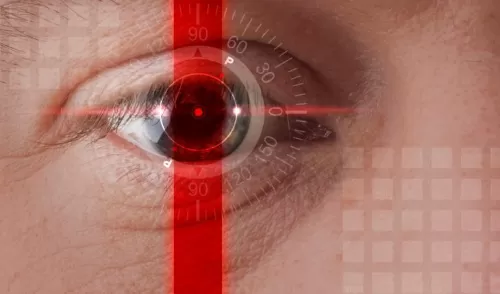Hypertension: A Silent Epidemic Among Middle Aged Americans
Hypertension, commonly known as high blood pressure, is a growing health concern that affects millions of middle-aged Americans. Often referred to as a "silent killer," hypertension can lead to severe health complications if left untreated. As awareness of this condition increases, understanding its causes, symptoms, and management strategies is essential for maintaining a healthy lifestyle.
Related searches

The Current State of Hypertension
Recent statistics reveal that nearly 50% of adults in the United States have hypertension, with many unaware of their condition. The COVID-19 pandemic has exacerbated stress levels and lifestyle changes, further contributing to rising blood pressure rates. As health becomes a focal point for many, addressing hypertension is more important than ever.
Key Risk Factors
Age: The risk of developing hypertension increases with age, particularly after age 45.
Obesity: Excess weight places added strain on the heart and blood vessels, leading to elevated blood pressure.
Sedentary Lifestyle: Lack of physical activity contributes to weight gain and increased blood pressure.
Diet: High sodium intake, processed foods, and low potassium consumption can significantly affect blood pressure levels.
Family History: Genetics play a role, making individuals with a family history of hypertension more susceptible.
Symptoms to Recognize
Hypertension is often asymptomatic, which is why regular monitoring is crucial. However, some individuals may experience:
Headaches: Severe or persistent headaches can be a sign of high blood pressure.
Dizziness: Feeling lightheaded or dizzy can indicate elevated blood pressure levels.
Blurred Vision: Changes in vision may occur with extremely high blood pressure.
Shortness of Breath: Difficulty breathing during normal activities can also signal hypertension.
Management and Prevention Strategies
While hypertension may seem daunting, there are effective ways to manage and prevent it:
Regular Monitoring: Regular blood pressure checks can help detect hypertension early. Home monitors are widely available and user-friendly.
Healthy Diet: Adopting the DASH (Dietary Approaches to Stop Hypertension) diet, which emphasizes fruits, vegetables, whole grains, and lean proteins, can significantly lower blood pressure. Reducing sodium intake is also crucial.
Physical Activity: Aim for at least 150 minutes of moderate aerobic exercise per week. Activities like walking, swimming, and cycling can help maintain a healthy weight and lower blood pressure.
Stress Management: Techniques such as mindfulness, meditation, and deep-breathing exercises can help reduce stress, which positively impacts blood pressure.
Medications: For some, lifestyle changes alone may not be enough. Consulting a healthcare provider about blood pressure medications can help achieve optimal control.
Conclusion
Hypertension is a prevalent and potentially dangerous condition for middle-aged Americans, but it can be managed effectively with the right knowledge and strategies. By understanding the risk factors, recognizing the symptoms, and adopting a heart-healthy lifestyle, individuals can take charge of their health and significantly reduce their risk of complications. Regular check-ups and open conversations with healthcare providers are essential steps toward maintaining optimal blood pressure and overall wellness.

Non Surgical Fat Removal: How SculpSure Works

Finding the Right Rehab Centers: Your Path to Recovery

Effective Depression Treatment Options: Find the Right Help Near You

Top 5 Online Medical Programs to Advance Your Healthcare Career

Advancements in Medical Programs: A Glimpse into 2025

The Rise of Dietary Supplements: What Middle Aged Americans Need to Know








